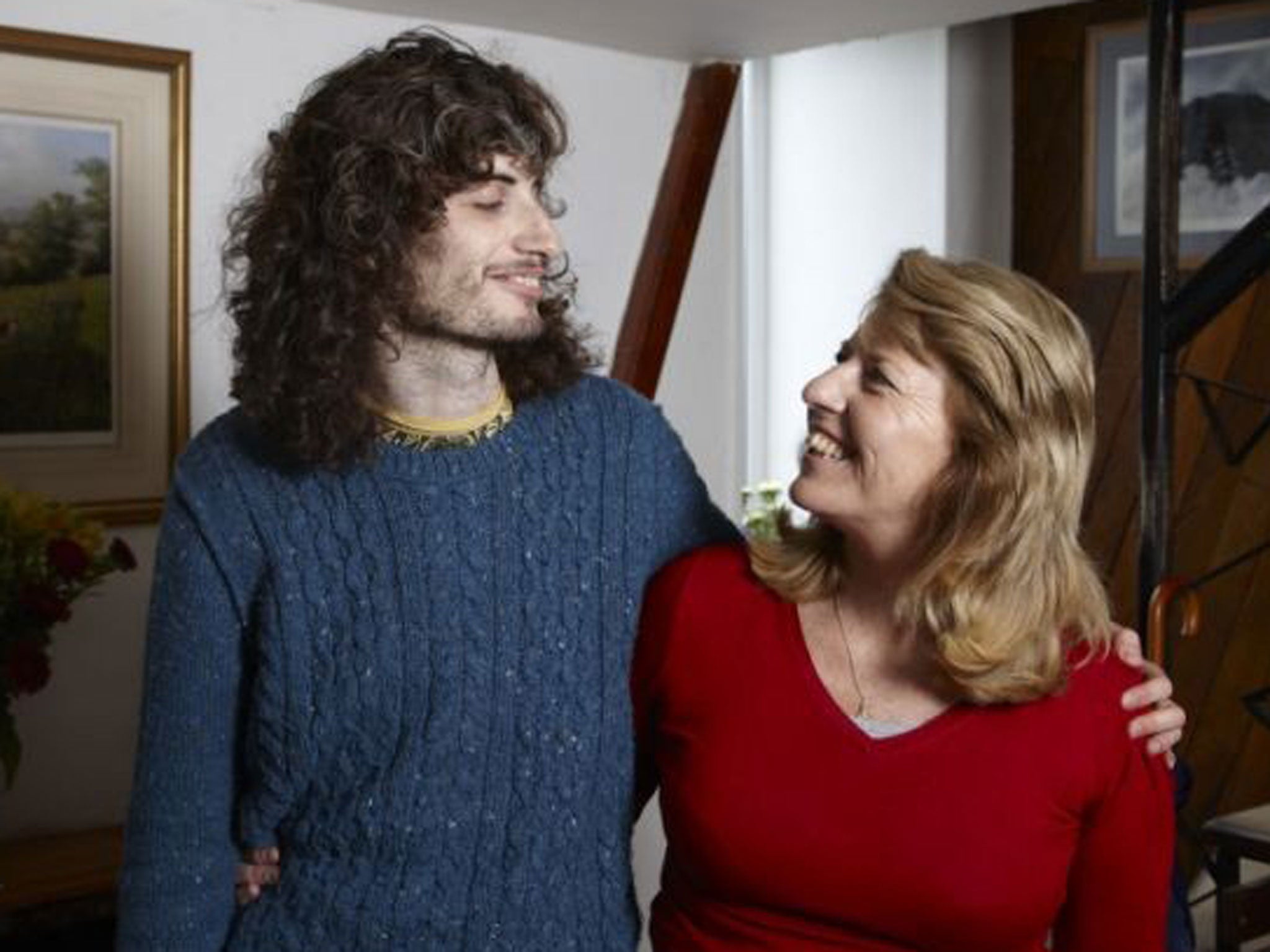Grace Dent on TV: Bedlam, Channel 4 // OCD Ward, ITV // OCD Cleaners, Channel 4
For all we learn about mental illness on TV, we may as well be gawkers at a 17th-century freak show

As Britain has grown, in recent years, slightly more comfortable with the idea of mental illness and with discussing the turmoils and glitches inside our heads, it's only natural that our TV screens should be flooded with “mad” television. I counted three shows this week that “examined” illness around the anxiety/obsessive-compulsive disorder spectrum alone.
Seriously mentally ill people, it seems, are perfect for television. No one wants to watch commonplace, highly functioning mentally ill people – of which there are millions – because 55 minutes on a hairdresser who feels uncontrollably bleak, finds the correct medication and therapy and is back at work within a few months won't win any ratings.
The seriously ill, however, are heavily watchable. They represent our darkest fears – irretrievable brainfog manifesting itself in humiliating ways. They look just like us because they are just like us. Plus they're at a safe distance through a TV screen and not remotely our responsibility – double win – which makes them much more affable than the delusional person in your local park. They aren't represented by one of the top five London agents who'll ask for £15k-a-day booking fee and cars. They don't require plots sketched out by a team of assistant producers and daft-haired researchers in a writing room, because their brains are already producing surplus plots.
Helen, in Channel 4's Bedlam this week, is, or rather was, a library assistant at the British Museum. She is absolutely certain – during every one of her waking hours – that she had hidden a stranger inside a rubbish bin. See? You couldn't make it up. James is obsessed with sitting on the toilet. He can spend almost all day in the smallest room of the house, terrified that if he stands up he'll have an accident.
Bedlam – which has full access to The Maudsley Hospital in South London, which traces its roots in treating the mentally ill back to 1247 – is sensitively produced and totally compelling. I watched the first episode about anxiety (also featuring the man who counts everything in “magic numbers” and the man who uses a hundred pairs of surgical gloves a day) and then immediately began the second episode, focusing on the crisis unit which admits suicides and those who are at risk of harming others.
Yet – and this is important to me – I'm unsure what I really, honestly learned. It's widely documented that in the 17th century, Bedlam raised extra income by allowing spectators inside to view the insanity. The “spectators at Bedlam” fact is one cited endlessly in connection with modern television, especially as Big Brother plays host to those with ongoing addictions and disorders, or the first weeks of X Factor mocks the delusional conceit of people whom it could be argued are unwell. And as a civilised, educated person, I've always set myself snootily aside from the sort of looky-loo who'd have swarmed to Bedlam back then. However, if one looks closely at yesteryear century reasoning behind the spectators, it's documented that there was in actual fact a sincere drive to attract “visitors of quality” in the bid to grow their compassion and understanding. This sounds very familiar; in fact, it's the sort of thing written into the 21st-century mental-illness TV pitch.
Clearly, 17th-century Bedlam's plan didn't work, because in fact hundreds of thousands of people learned nothing while having a great time being spooked, and that's ironic as after this week's show I am no closer to telling you the exact name of Helen's or James's diagnosis, the type of medication or genre of talking therapy proscribed to them, the possible side effects of drugs, ballpark long-term prognosis or anything helpful at all I could do to help someone similar. I just know that it's awful and that I don't want to be them.
OCD Ward on ITV was, naturally, a slightly more downmarket version of Bedlam, featuring equally compelling, likeable characters, with similarly obsessive issues – just with added toilet-licking. One way to help cure OCD, the show seemed to say, is by being really blasé about touching the toilet bowl in front of your OCD buddy before shoving your hands in your mouth trilling, “Look nothing to worry about, I'm not scared of germs! That's irrational!” Except that publicly shared toilets are actually covered in germs and it's not irrational to want to protect yourself from that – so while a trained therapist with a sterilised toilet could possibly do this therapy, I'd say don't try it at home.
None of this was explained in OCD Ward, or the illness tackled in any depth, as it's more interesting to film doctors wiping fragments of other people's poo on their foreheads. Then, scraping the bottom of the OCD TV barrel, was Channel 4's OCD Cleaners, which is one of the nightmarish shows that Charlie Brooker might have added in his fake listings magazine “TV Go Home”. Some people with OCD who are terrified of dust, mess and dirt are sent to square up to someone obsessed with hoarding. A 30-minute fight ensues, full of meltdowns on both sides and a lot of sobbing. The only difference between yesteryear Bedlam and this show is that no-one would pay 10 shillings to see it.
Subscribe to Independent Premium to bookmark this article
Want to bookmark your favourite articles and stories to read or reference later? Start your Independent Premium subscription today.

Join our commenting forum
Join thought-provoking conversations, follow other Independent readers and see their replies